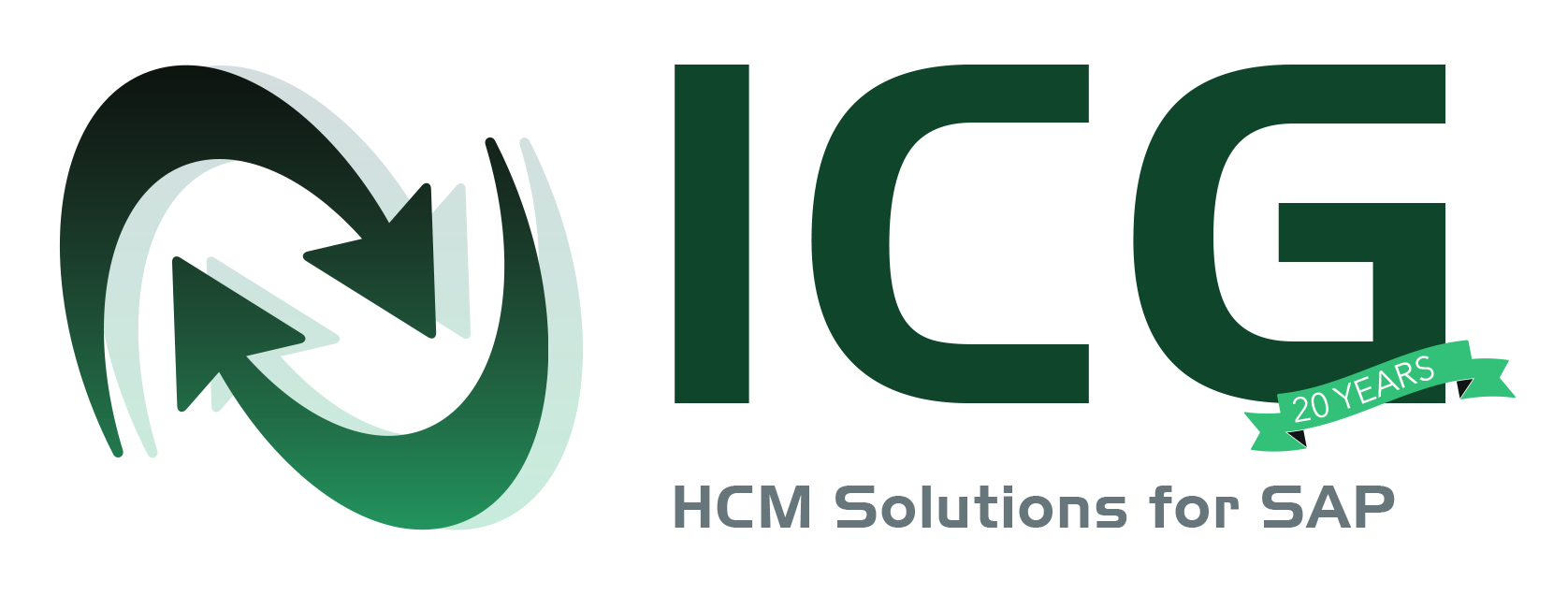In our previous post, we discussed Understanding the basics of CATS (cross-application time sheets). SAP provides a very robust method to capture time data and have that data passed to other SAP modules.
The first module we will discuss CATS updating is Controlling. CATS updates CO with hours actually worked by cost center for an employee. Even in the most basic implementation of CATS, controlling typically receives data.
The payroll expense posting for an employee is sent to the employee home cost center in the payroll process Posting to Accounting. Further down is an example where the payroll expense posting for an employee is sent to the employee’s home cost center. Regardless of the cost center overrides in CATS, the cost center found in Infotype 0001 (Organizational Data) is the primary default.
CATS functionality allows for activity allocation between the cost centers. Using CATS, you can create an activity allocation to credit the home cost center for hours not worked by the employee and debit the cost centers where the employee actually worked.
The hours entered in CATS flow to Controlling based on the cost center where work was performed. CATS allows the employee home cost center to be posted, or during time entry an override cost center may be entered. This moves time data between the worked cost centers and the employee home cost center.
Actual costs may be determined from the standard activity price associated to an activity type or from the payroll process.
Example:
Master data
- Employee John works 80 hours over a two-week pay period
- John is an hourly employee who makes $15/hour and is assigned to cost center 123-A as his home cost center
- John’s company uses CATS as a time entry/capture tool
Work data
- Over the two-week period, John worked 40 hours in cost center 345-B, 30 hours in cost center 678-A, and 10 hours in his home cost center, cost center 123-A
- His gross pay for the period is 80 hours x $15/hour = $1,200
Payroll Posting to Accounting
- John’s home cost center, 123-A, is debited $1,200 (the entire 80 hours that he worked)
From home cost center 123-A
- The CATS interface will credit John’s home cost center (123-A) 70 hours (multiplied by a predefined activity rate, $15/hour), for a total of $1,050 – via an internal activity allocation. This will leave a net debit of $150 (10 hours x $15/hour) on John’s home center
To cost centers 345-B and 678-A
- The other side of the CATS interface activity allocation will debit cost center (345-B) 40 hours, for a total of $600, and cost center (678-A) 30 hours, for a total of $450
Next we’ll discuss Using CATS Data: Updating PM (plant maintenance).

Pingback: Integrated Consulting Group – Understanding the basics of CATS (cross-application time sheets)
Pingback: Integrated Consulting Group – Using CATS Data: Updating PM (plant maintenance)
Pingback: Integrated Consulting Group – Using CATS Data: Updating PS (project systems)
Pingback: Integrated Consulting Group – Using CATS Data: Updating HR (human resources)
Pingback: Integrated Consulting Group – Transferring CATS Data